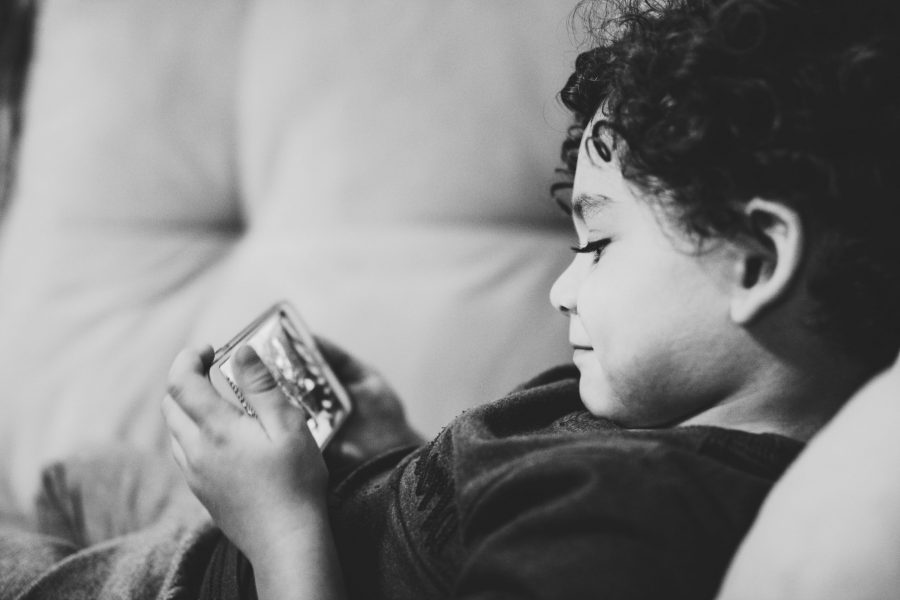If you ask any child what they want to be when they grow up nowadays, their answer usually revolves around some form of content creation. With the explosion of platforms like YouTube, Twitch, and online multiplayer games like Minecraft, this new generation is growing up with “gamer” as a job title to reach for in their adult existence. I wish I could say, as a supportive parent, that my heart sings as my kids profess their interest so close to mine, yet the opposite happens. How do I keep my kids safe?
Instead, I get flashbacks of my days playing Halo 2 multiplayer, on my male partner’s account with my mic off. My brain recalls all the times I muted the room, yes the entire room, in Call of Duty: Modern Warfare to avoid choosing between insults based on my voice or insults on my lack of coordinating with my unknown teammates because I didn’t want the insults based on the pitch of my voice. Just a couple of weeks ago while playing Valorant, I muted the room to avoid exposing my community to it while streaming the game, and I know I’m not alone. According to the Anti-Defamation League (ADL), 81% of adults who played online games experienced some sort of harassment, with 64% reporting it impacted their gameplay. Those are the people that turn their mics on or have identity markers in their taglines.

Maria Tamellini also experienced harassment in the gaming space as a Latinx woman. She also had kids who were interested in gaming, and she decided to do something about it by creating GamerSafer. At Ladies Power Hour, hosted by Femme Gaming, Maria went into depth on how GamerSafer is paving the way for future generations by creating safe, reliable technology that gives parents more insight into their kids’ online gaming trends and more accountability for users while still keeping them anonymous to other players.
GamerSafer is working on both sides to create gaming experiences that are safe for all players, not just through a parental control dashboard. “It’s so complex,” Maria nodded when talking about accountability. On the one hand, parents are ultimately responsible for their child, however, parents should also be able to trust the reporting and accountability systems of the games. Her company uses advanced algorithm technology to cater game experiences to the player’s preferences, just another layer of protection against comfort for the player. If you play games for social reasons, you’ll be linked with other chatty players. If your child is more reserved, and would rather not talk a lot, they will link with other players who vibe the same way.

“We can’t be with them all the time,” she notes as we discussed how GamerSafer is also working with brands to create a safer gamer environment. “Parental controls are either too strict or too overwhelming.” There’s also the misconception that kids don’t want or need parental controls, that they’ll be able to self-monitor and quickly communicate any issues. While only 4 out of 10 parents are using parental controls, when in fact, 65% of kids from 11 to 16 years old want parental controls according to internetmatters.org. Kids need the freedom to explore within boundaries to protect them from unnecessary risk.
GamerSafer doesn’t exist just to block content. Maria wants to create a user-friendly interface that works as a conversation-starter for parents and children. “I want parents to see how their kids are spending their time online, so they can build better relationships. Create Conversation.”
Learn more about GamerSafer here: https://gamersafer.com/



